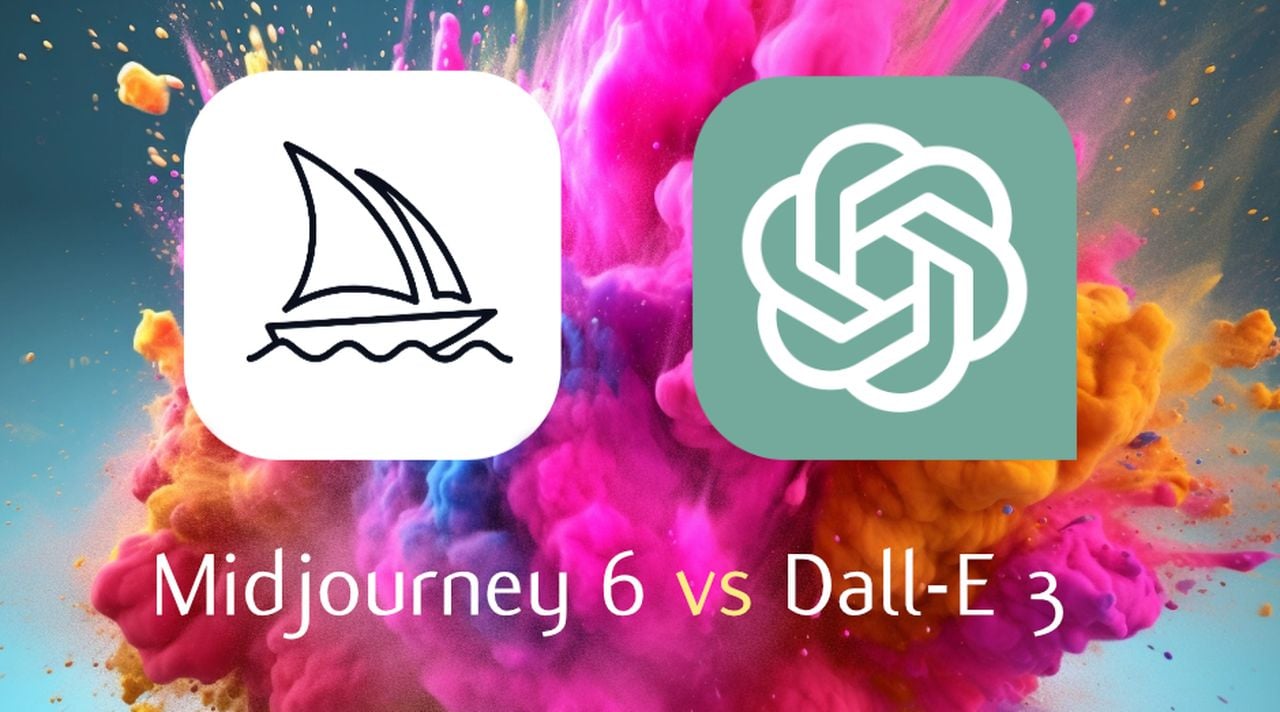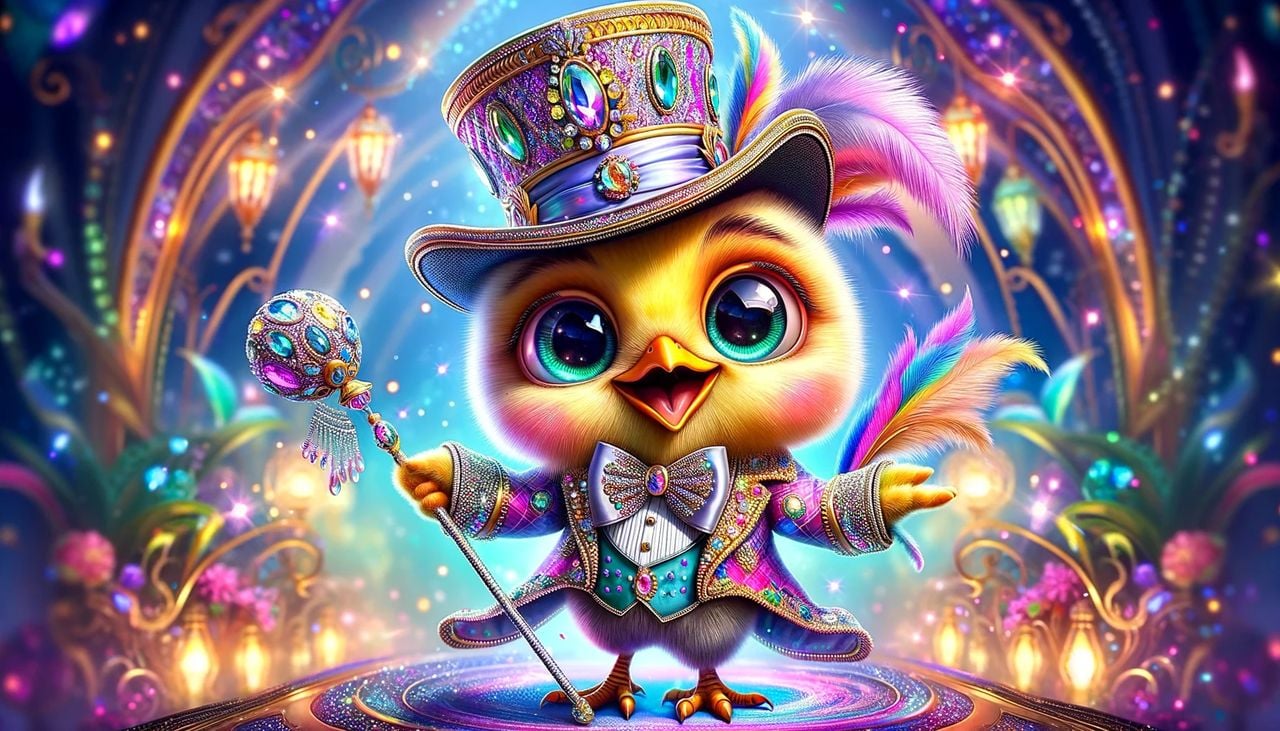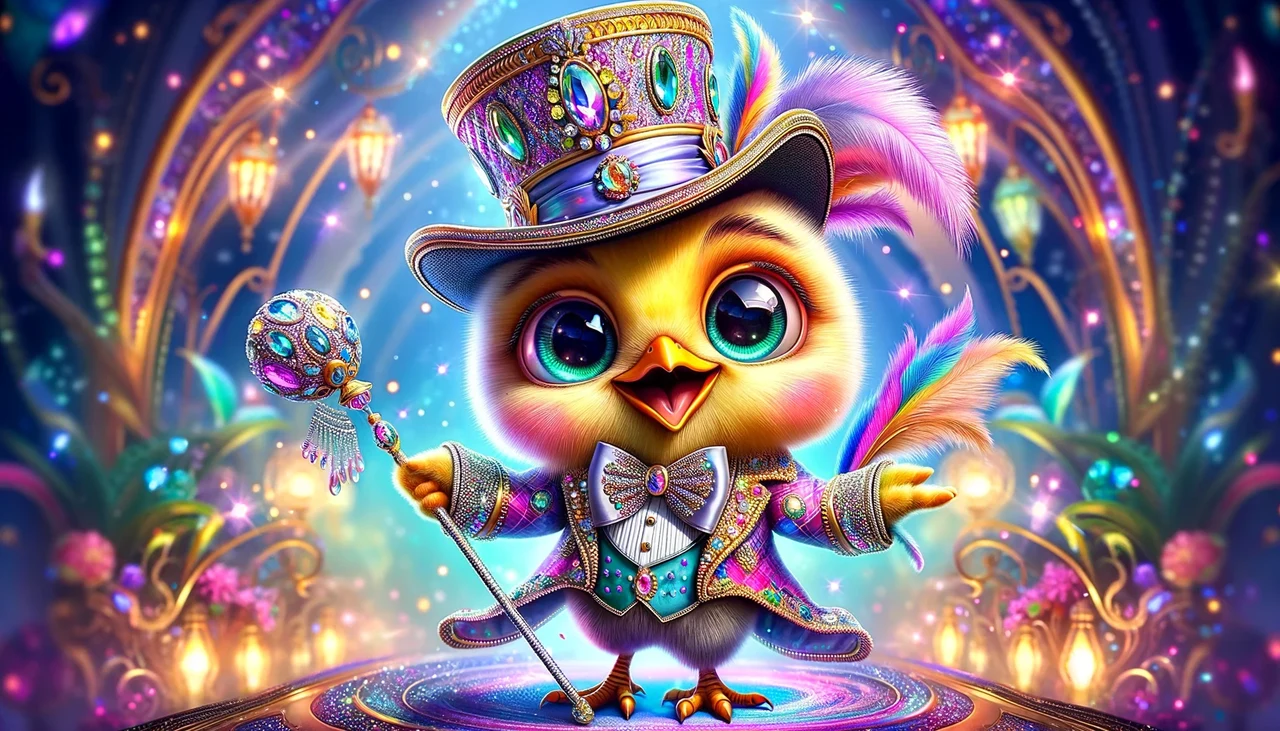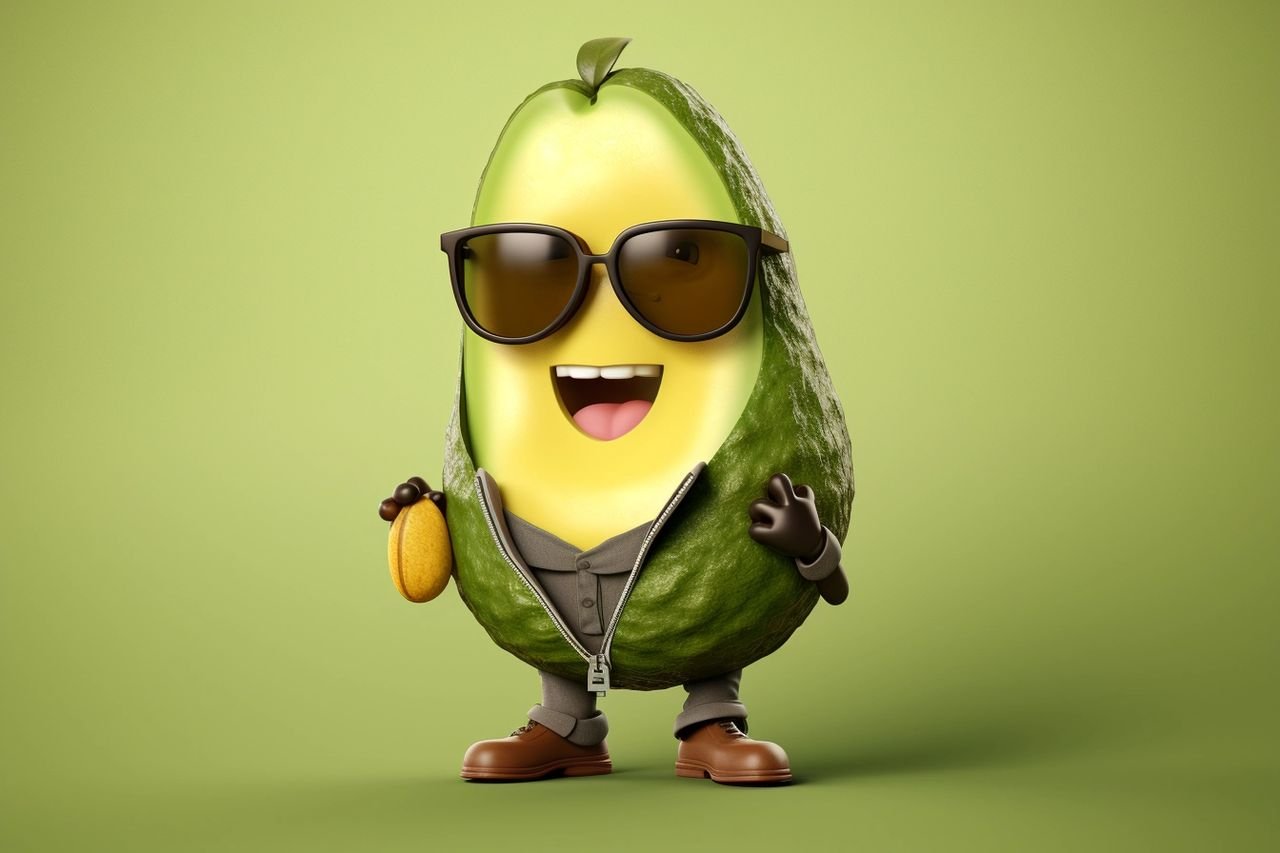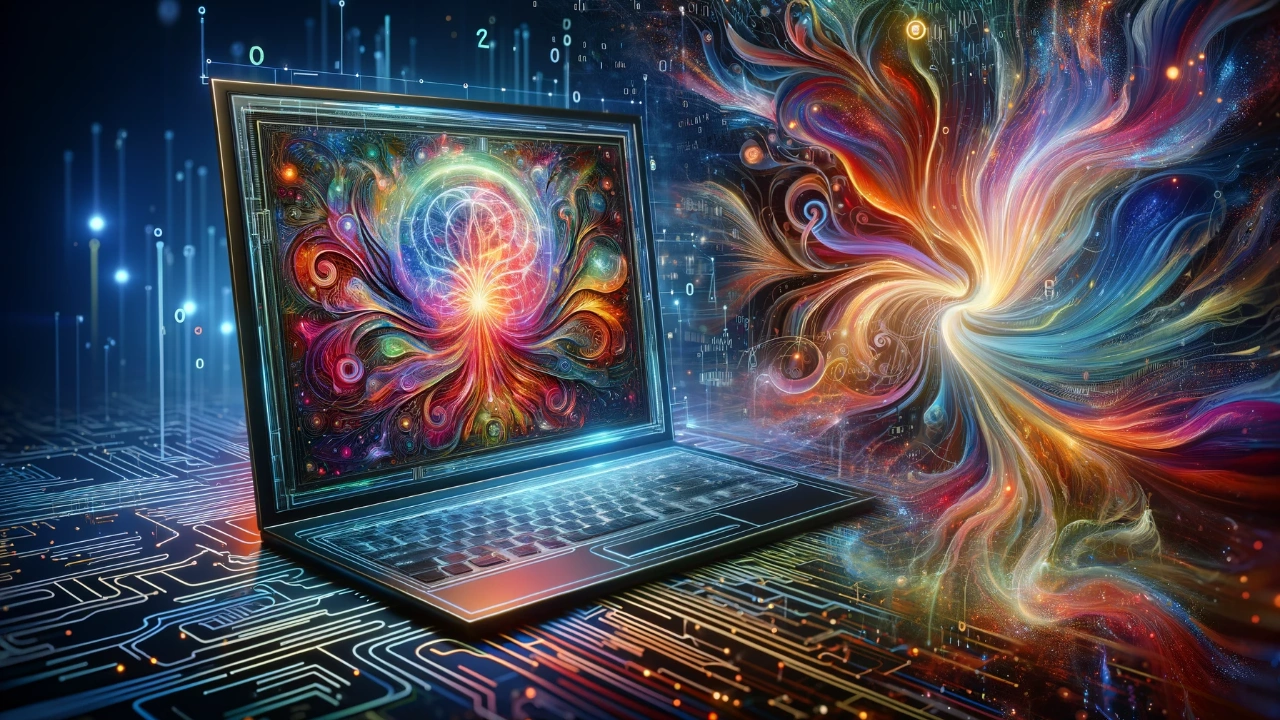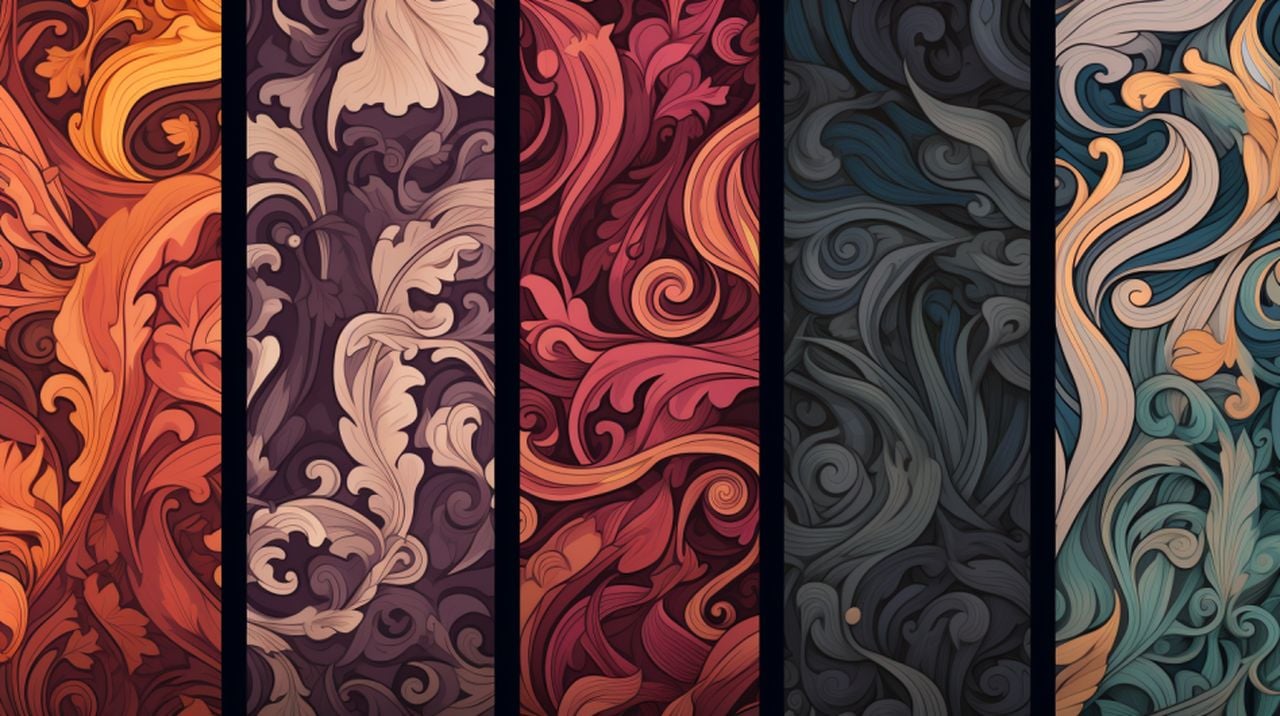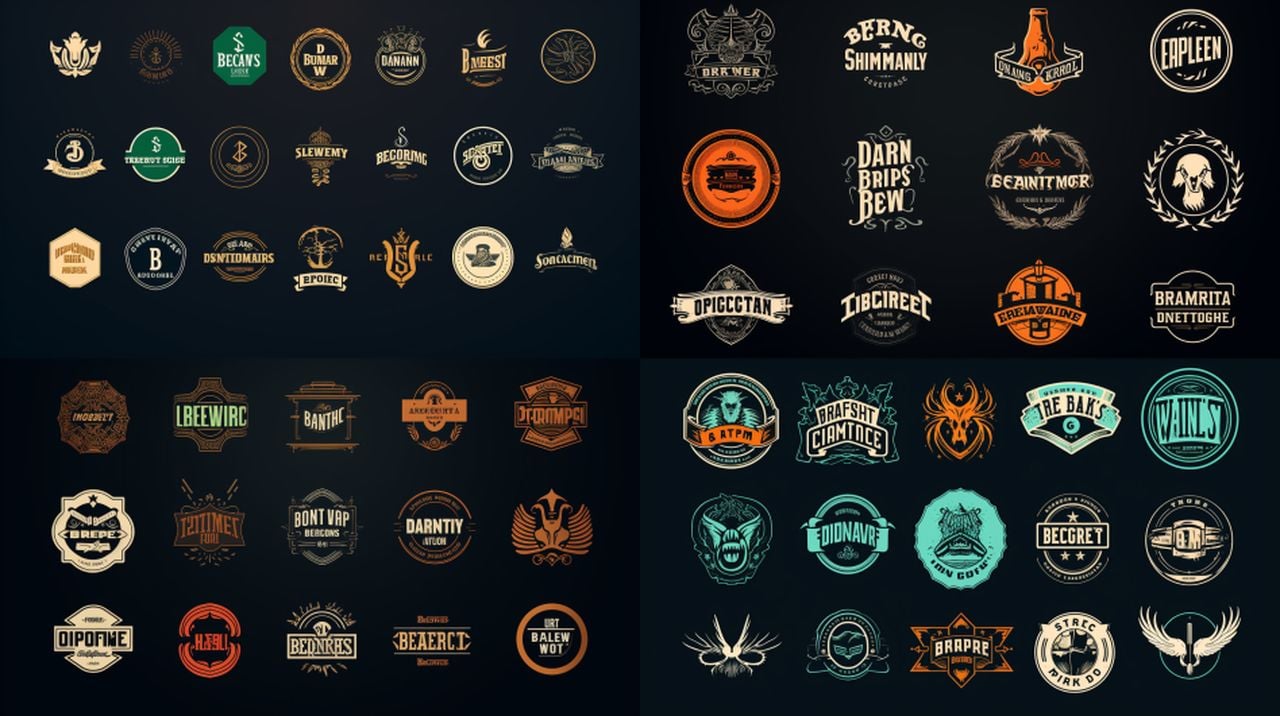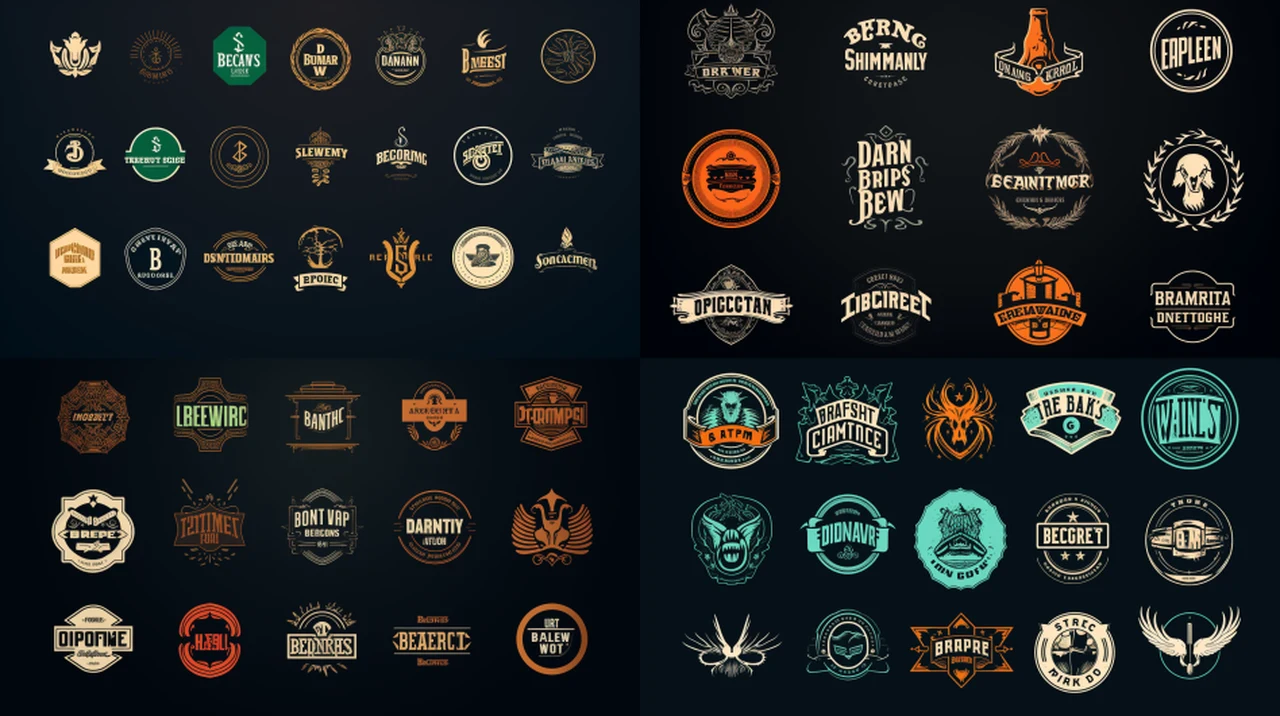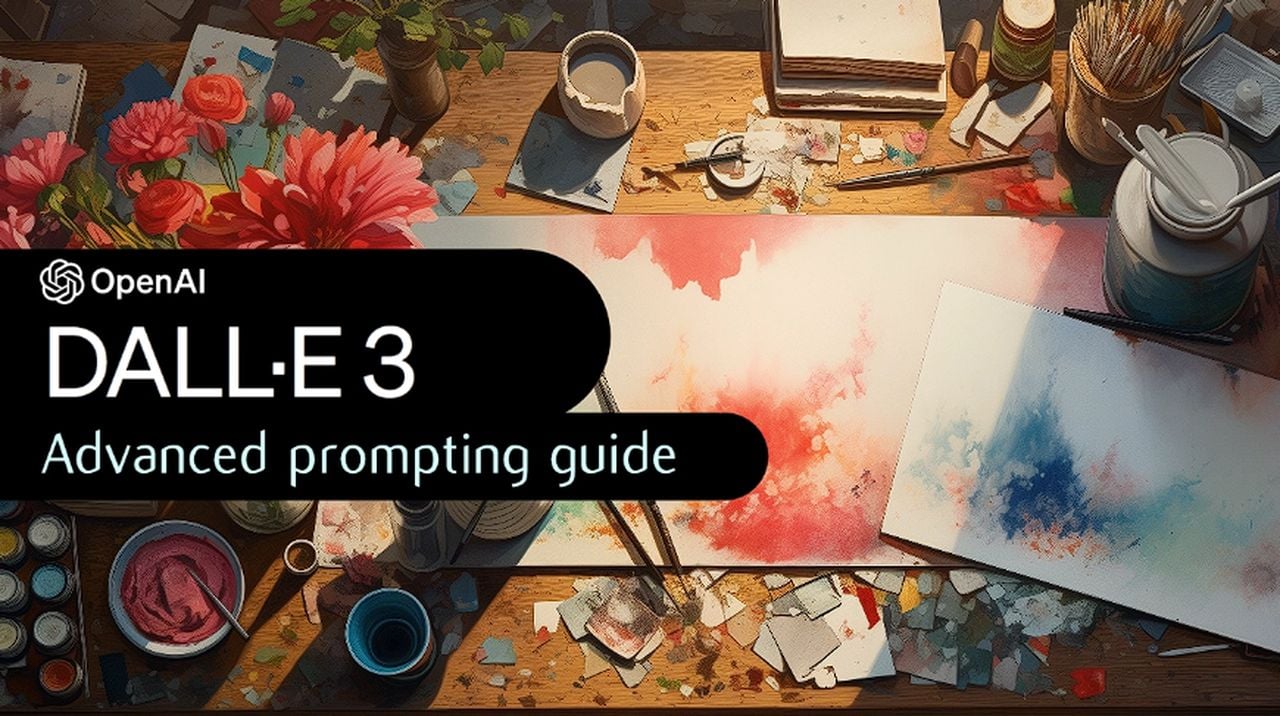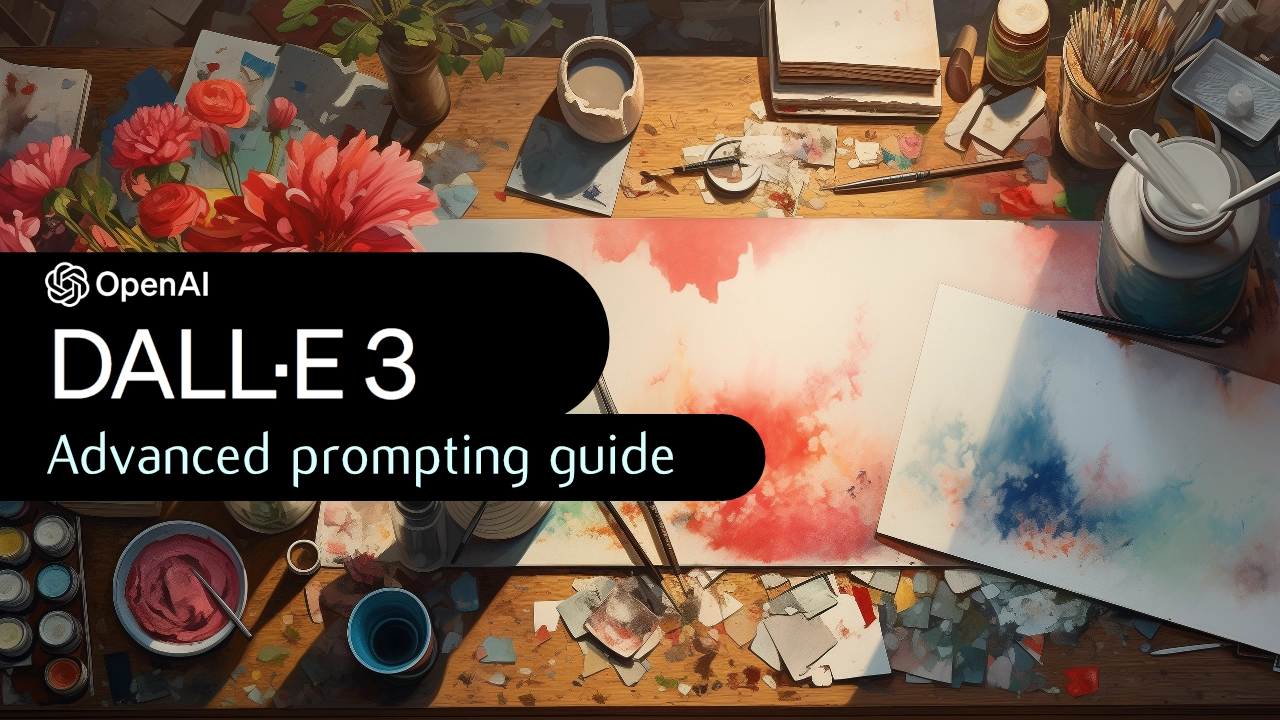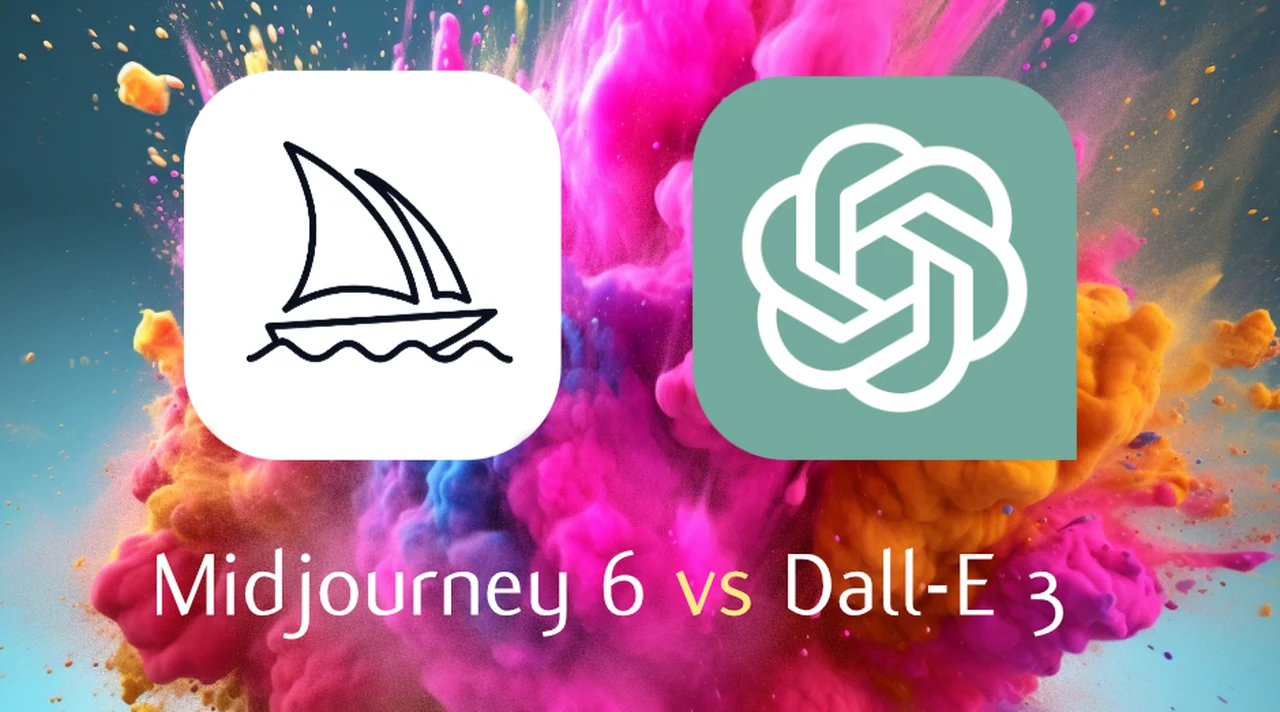
The development team at the Midjourney have just released the latest version of its AI art generator in the form of the highly anticipated Midjourney 6. If you would like to learn more about how Midjourney 6 compares to DallE 3 will be pleased to know that a quick comparison has been created by showing the differences between Midjourney 6 vs DallE 3.
Prompting with V6 is significantly different than V5. “You will need to ‘relearn’ how to prompt“.
What’s new with the V6 base model?
- Much more accurate prompt following as well as longer prompts
- Improved coherence, and model knowledge
- Improved image prompting and remix
- Minor text drawing ability (you must write your text in “quotations” and
--style rawor lower--stylizevalues may help)
/imagine a photo of the text "Hello World!" written with a marker on a sticky note --ar 16:9 --v 6
- Improved upscalers, with both
'subtle‘ and'creative‘ modes (increases resolution by 2x)
(you’ll see buttons for these under your images after clicking U1/U2/U3/U4)
Midjourney 6 features / arguements are supported now
--ar, --chaos, --weird, --tile ,--stylize, --style raw , Vary (subtle) ,Vary (strong), Remix, /blend ,/describe (just the v5 version)
V6 features that are not yet supported, but should come over the coming month
Pan, Zoom, Vary (region), /tune, /describe (a new v6 version) Style and prompting for V6
- Prompting with V6 is significantly different than V5. You will need to ‘relearn’ how to prompt.
- V6 is MUCH more sensitive to your prompt. Avoid ‘junk’ like “award winning, photorealistic, 4k, 8k”
- Be explicit about what you want. It may be less vibey but if you are explicit it’s now MUCH better at understanding you.
- If you want something more photographic / less opinionated / more literal you should probably default to using
--style raw - Lower values of
--stylize(default 100) may have better prompt understanding while higher values (up to 1000) may have better aesthetics - Please chat with each other in prompt-chat to figure out how to use v6.
Two of the most talked-about tools in the AI art creation market are Midjourney V6 and DALL-E 3. These platforms are not just new tools for artists and designers; they represent a significant shift in how we create and conceptualize visuals using artificial intelligent technologies. For those who are venturing into AI-generated art, it’s essential to grasp what these technologies can do, how they differ, and what they mean for the future of digital creativity.
Midjourney 6 vs DallE 3
Midjourney 6 is the latest iteration in a series of AI art generators, and it’s making waves with its advanced features. It has been in development for a considerable time, almost twice as long as its predecessors. This extended development period has resulted in a tool that can produce images with a cinematic quality, hinting at substantial improvements in the algorithms and training that power it.
On the other side, we have DALL-E 3, which has made a name for itself through its ability to understand prompts and generate coherent images. It’s a tool that’s easy to get your hands on, thanks to its availability on Microsoft’s platforms, and it doesn’t cost anything to use. This makes it particularly appealing to those who might be reluctant to pay for a subscription-based service like Midjourney V6, which is still in its alpha testing phase.
Here are some other articles you may find of interest on the subject of Midjourney 6 :
A key factor to consider with these AI tools is how they handle text within images. Midjourney V6 seems to have an edge when it comes to generating realistic text, thanks to its training methods. DALL-E 3, however, focuses on understanding prompts in a broader context, which can be just as important depending on what you’re trying to achieve.
Each platform has its own set of strengths and weaknesses. This includes how they deal with censorship, the creation of inappropriate content, and their ability to interpret pop culture references. They also differ in how they manage image aspect ratios and offer features like in-painting, which allows users to edit parts of an image.
When it comes down to choosing between Midjourney V6 vs DALL-E 3, you have to weigh the benefits of a paid subscription against the perks of free access via Microsoft’s platforms. Your decision should be guided by your creative goals and how much you value the unique features each service provides.
Midjourney 6 and DALL-E 3 are leading an exciting shift in AI-generated art. As Midjourney 6 moves out of its alpha phase, it could start to close the gap with DALL-E 3. The tool you choose will ultimately depend on what you’re looking to achieve artistically and what you prioritize, whether it’s realism, versatility, or cost-effectiveness. With the pace at which these technologies are advancing, the world of AI-generated art is poised to become even more dynamic and user-friendly.
Filed Under: Guides, Top News
Latest timeswonderful Deals
Disclosure: Some of our articles include affiliate links. If you buy something through one of these links, timeswonderful may earn an affiliate commission. Learn about our Disclosure Policy.

